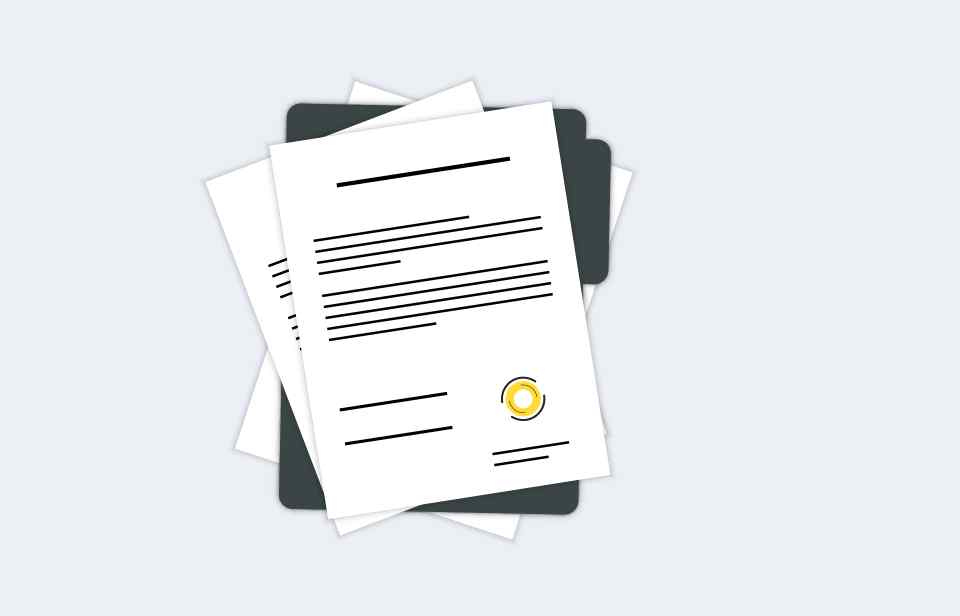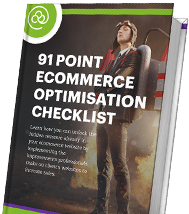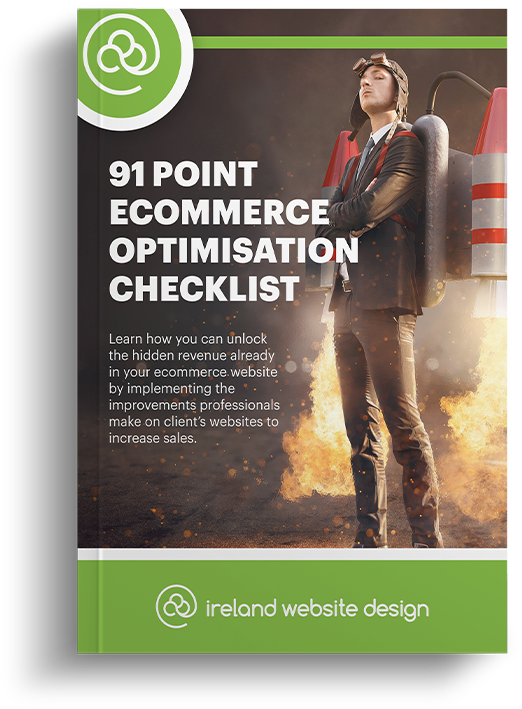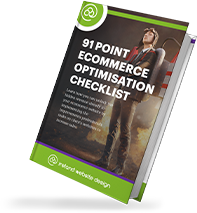If you run an eCommerce store then you probably already know that dealing with customer returns is annoying and time-consuming.
Returns are frustrating for you and your customers – but what if you have customers exploiting your returns policy?
An incredibly common problem thanks to selling online, many store owners feel that people who exploit return policies are borderline stealing from their company. There’s nothing worse than getting a returned item and finding it’s obviously been used. Repeat return offenders purchase goods with no intention of keeping them – or use them once – and then ask for a refund.
There are a few things you can do to prevent this from happening – here’s our guide on how you can reduce the number of people that exploit your return policies and in turn, reduce your customer return numbers altogether.
Are Return Policies Necessary?
Before we get into today’s main topic let’s talk about if having a returns policy is a good or bad thing.
From a sales perspective, they’re a good thing.
Here’s why:
- They encourage customers to commit to purchasing quicker
- Allows customers to shop consequence-free
- Helps bring customers back to your store
If you advertise a ‘No Returns’ policy then you’re potentially losing out on a lot of customers who are on the fence about buying your product.
This isn’t good for business as many people feel more secure buying a product if they know they’ll have the option to return it if it’s not suitable.
Some customers may have doubts about your product lingering in their mind after a purchase which is why having a refund and returns policy in place is so important for an eCommerce store.
Customers also expect your company to have a returns policy. A recent UPS survey shows that 66% of online consumers will search for a company’s return policy before they make a purchase and 88% of these people won’t go through with the purchase unless the policy offers free returns.
The downside to returning policies is that people can easily take advantage of them.
How To Stop People Taking Advantage Of Your Returns Policy
Most people return things when they don’t like the quality of a product or if it’s damaged when they receive it – and this is completely understandable. But, some people buy products with the intention of only using them once and returning them to the store – which makes reselling the product a serious issue.
Sure, people order things just to check the product out, it’s still annoying when they return it but it’s understandable. If a customer orders clothes online they’ll want to make sure they fit first, which is why it’s a good idea to give people the opportunity to return things if they don’t fit right.
Because of this, the rate of returns depends on what sort of products you’re selling.
But, what can you do to help keep your return rates down?
Reward Your Customers
Research suggests that by rewarding customers you can reduce your return rates. This research introduces a ‘keep reward’ for customers as an incentive to hold on to the items they have bought online.
So, by giving your customers an incentive not to send back the items they’ve bought, you can reduce your customer returns.
With this, you can offer free returns and a ‘keep reward’ so that your customers can still shop in your store without any consequences.
But does this method really reduce returns?
Yes!
These researchers found that by using some form of ‘keep reward’ system in your store you can reduce returns by 37%
Unfortunately, the incentive method doesn’t work all the time.
Depending on what your store sells and how frequently your customers shop there will affect how well a reward will work on them.
For example:
Let’s say you offer free shipping on their next order if the customer doesn’t return the item.
If your customer is buying clothing from your store they’ll probably take you up on that offer as they might want to buy more items from you down the line.
This also works well as the clothing industry probably has the highest amount of excessive returns. With products like clothing, customers always have issues with them not fitting right which causes a high amount of returns.
However, if you sell phone cases and a customer purchases one for their phone but doesn’t like it they probably won’t be swayed by the incentive and will return the item anyway.
Customers may need more clothing items in the future so the thought of free shipping on their next order sounds like an excellent opportunity but the chances are they’re only going to buy a phone case every so often.
In summary:
- If your customers buy your product frequently then free shipping is a worthy incentive.
- The more frequently a consumer buys your product, the bigger effect the ‘keep reward’ will have on them.
- If the customer doesn’t buy your product often enough then the incentive may come across as a trick for them to keep the item they don’t want.
- A keep reward is also more effective in a return-sensitive industry like the clothing industry.
What Does This Mean For Your Business?
Keep Rewards are a brilliant idea when it comes to reducing the number of returns your company gets. Especially if people tend to exploit you and your lenient policy.
But you should be careful and make sure you aren’t making things worse with the wrong incentive.
To figure out what works best for you you’ll have to run a few tests to see what incentives work best with your customers.
If you’re in an industry that suffers from excessive customer return rates then you should definitely try out the Keep Reward system.
There are lots of incentives you can try out on your customers: vouchers for their next purchase, free shipping, or even a small free gift with their next order.
Remember to also keep this reward system going for frequent buyers only as it tends to not have as much of an effect on infrequent buyers!




